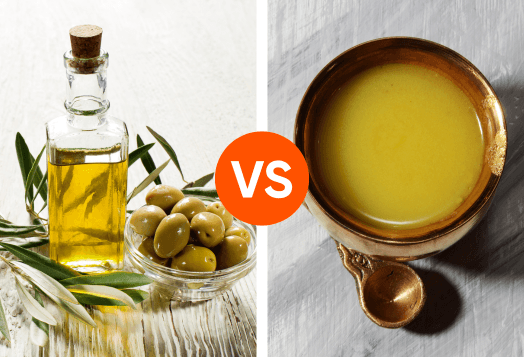The Indian kitchen is a treasure trove of nutrition, from our steaming bowls of dal to crunchy sabzis and freshly churned rotis. But amidst the spices, ghee and grains, have you ever paused to think about the role of fibre in your diet?
Let’s dive into the importance of fibre in Indian meals and explore easy ways to incorporate fibre into your daily Indian diet for better health, digestion, and even weight loss.
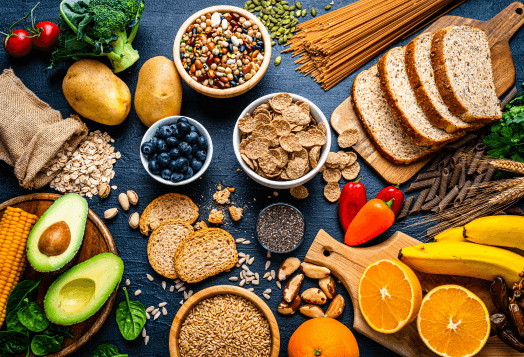
What is Dietary fibre?
Dietary fibre refers to the plant-based carbohydrates that our bodies can’t digest. Unlike other carbs, fibre passes through the digestive tract largely intact, performing a host of vital functions along the way. It comes in two types:
Soluble fibre: dissolves in water, forming a gel-like substance that helps regulate blood sugar and cholesterol.
Insoluble fibre: adds bulk to stool, aiding smoother digestion and preventing constipation.
Why is a High-fibre Diet Important?
A high-fibre Indian diet does far more than keep you regular. Here’s why it matters:
Improved digestion: fibre helps food move efficiently through the gut, reducing bloating and constipation.
Weight management: fibre-rich meals are more filling, preventing overeating and hence, ideal fibre-rich foods for weight loss in India.
Heart health: Soluble fibre lowers cholesterol levels.
Stable blood sugar: Especially helpful in managing Type 2 diabetes, a growing concern in India.
The importance of fibre is also backed by studies linking higher fibre intake with lower risks of diabetes, heart disease, and certain cancers. It’s clear that fibre isn’t just a digestive hero; it's a holistic health booster.
Top High-Fibre Foods in India
Let’s decode the best sources of dietary fibre in Indian cuisine, grouped by type:
Fruits Rich in fibre
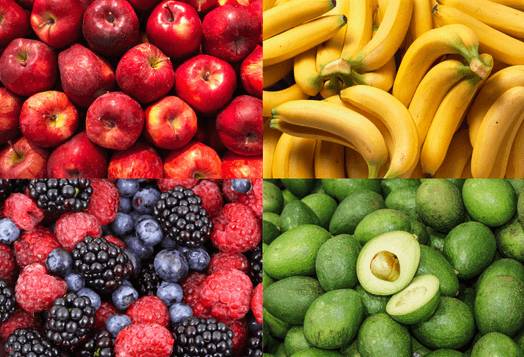
A single guava packs up to 8g of fibre. Loaded with vitamin C and antioxidants, it’s a powerhouse for immunity and gut health.
1. Apple
An apple a day keeps the doctor away. This fruit is great for regulating blood sugar and improving gut health. A medium-sized apple contains about 4g of fibre and is a perfect snack for those sudden hunger pangs.
2. Banana
Rich in potassium and fibre, a banana helps you build muscles and feed good gut bacteria.
3. Berries
Blueberries, strawberries and Indian mulberries are rich in fibre and antioxidants. Ideal foods for weight loss.
Vegetables Rich in fibre
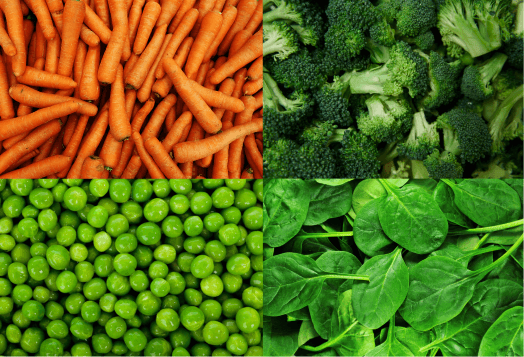
1. Carrots
Naturally crunchy and sweet, carrots are delicious whether eaten raw or cooked. Packed with fibre and a rich source of vitamin A, they support healthy vision and can help prevent night blindness and other eye-related issues.
2. Broccoli
One of the best high-fibre vegetables, broccoli, supports digestion and detoxification.
3. Green peas
These tiny powerhouses are packed with protein and soluble fibre, ideal for satiety.
4. Spinach
Low in calories, high in iron and fibre. Excellent for vegetarians seeking plant-based nutrition.
Whole Grains Rich in fibre
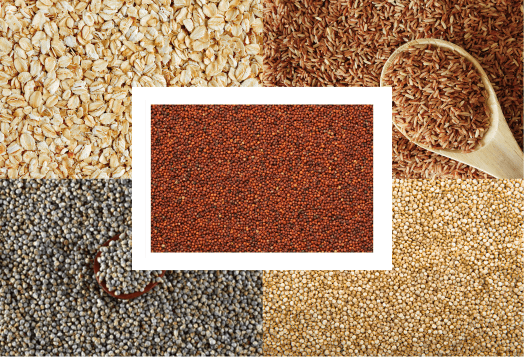
1. Oats
A bowl of oats in the morning is a fibre-rich start to the day, especially if topped with nuts and fruit.
2. Brown rice
Skip the polished grains. Brown rice has double the fibre and more nutrients.
3. Millet (Bajra, Jowar, Ragi)
Millets are traditional Indian fibre-rich foods for digestion, gluten-free, and rich in prebiotics.
Legumes, Beans & Pulses

1. Lentils (Masoor, Moong)
Staples in every Indian kitchen, dals are high in protein and dietary fibre.
2. Kidney beans (Rajma)
Rajma chawal, anyone? Just make sure to use brown rice and go easy on the oil.
3. Chickpeas (Chole)
Versatile, satisfying, and incredibly rich in fibre and protein. A great meat alternative.
Nuts & Seeds
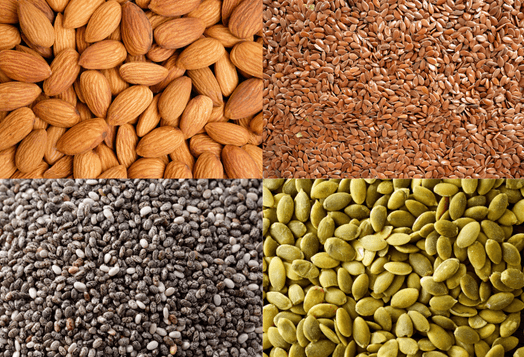
1. Almonds
A handful of almonds provides healthy fats, protein, and a good chunk of fibre.
2. Flaxseeds
Sprinkle on smoothies or roll into your rotis, flaxseeds are full of omega-3s and soluble fibre.
3. Chia seeds
Absorbent and nutrient-rich, they’re a fibre bomb in a tiny package. Perfect in curd or coconut water.
How to Add More Fibre to Your Daily Diet
Looking for easy ways to incorporate fibre into your daily Indian diet? Here's a little checklist to help you along the way:
Start the day with oats or millet porridge.
Add vegetables to every meal, even your breakfast upma or poha.
Choose whole grain atta over refined flour.
Include a dal or legume daily.
Snack on roasted chana or fruit instead of fried goodies.
Use seeds in chutneys or mix them into your raita.
Small tweaks can lead to major gains.
Sample High-fibre Meal Plan for a Day
Here’s a day packed with high-fibre foods because the importance of fibre in the diet cannot be overstated:
Breakfast: Vegetable oats porridge + papaya slices
Mid-morning: Handful of almonds + coconut water with chia seeds
Lunch: Brown rice + rajma curry + cucumber salad + stir-fried spinach
Snack: Roasted masala chana + apple
Dinner: Bajra roti + moong dal + carrot-beet sabzi
Dessert: A few soaked figs or dates
Common Mistakes When Increasing Fibre Intake
While cultivating a high-fibre Indian diet may seem easy, here are some common mistakes to look out for:
Jumping in too fast: Your gut needs time. Increase gradually.
Skipping water: Fibre needs hydration to move through your system.
Ignoring variety: Overloading on just one source can cause imbalance or bloating.
Relying on processed fibre bars: Go natural. Opt for natural sources of fibre in Indian cuisine.
Tips for Maximizing the Benefits of a High-fibre Diet
Hydrate regularly. Aim for 8-10 glasses of water daily.
Mix soluble and insoluble fibres.
Soak and sprout legumes to improve digestion.
Eat fruits with skin when possible.
Rotate your grains. Use millets, oats, and brown rice throughout the week.
Do You Need Fibre Supplements?
While natural food is the best source, those with restrictive diets, IBS, or post-surgical needs might benefit from supplements. Always consult a doctor before starting. Most healthy adults can meet their needs through a high-fibre Indian diet alone.
High-fibre Diet and Weight Management
One of the most understated benefits of a high-fibre diet is its role in weight control. Fibre slows digestion, keeps you full longer, and reduces cravings, making high-fibre foods for weight management your best bet for sustainable weight loss.
Combine a fibre-rich Indian diet with mindful eating and moderate activity, and the results follow.
High-fibre Foods & Gut Health
Gut health is the cornerstone of immunity, energy, and even mental wellness. Fibre acts as a prebiotic food, feeding good bacteria and fostering balance in the microbiome.
Think: fibre-rich meals for better health aren’t just about digestion, they influence your whole body.
Rethinking the Indian Diet
From humble dals to crunchy salads, the Indian kitchen is already halfway there. Understanding the importance of a high-fibre Indian diet, embracing its diversity, and making mindful food choices with guidance from nutritionists and dietitians can transform your health. So, next time you plan a meal, ask yourself:
“Is there enough fibre on my plate?” Because when it comes to the role of fibre in diet, it's not just about going, it’s about thriving.
Disclaimer: The information provided is intended for general informational purposes only. It is not a substitute for professional advice or guidance. For personalised recommendations or specific concerns, please consult a certified professional.


